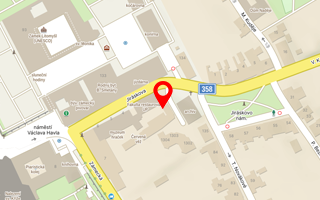Critical evaluation of the current methods of stone gluing
Provider: Univerzita Pardubice
Programme: Studentská grantová soutěž
Implementation period: 01.01.23 - 31.12.23
Workplace:
Fakulta restaurování - FR
Investigator: Ďoubal JakubTeam member: Veselá Blanka
Description:
Stone gluing is one of the basic tasks in a complex conservation intervention. Based on practical experience and laboratory evaluations of various adhesive systems, epoxy resin in combination with stainless steel pins is preferred and used worldwide. However, this technique comes with a number of problematic aspects, such as the difficult reversibility of the joint, the creation of an impermeable barrier in case the joint is glued all over, and in case the joint is spot glued it is often difficult to fill the thin gap. Some attempts have been made in the past to address this issue, but a specific solution from which to derive some practical bonding recommendations is still lacking. The project aims to develop and systematically test the possibilities of gluing stone by various means and application methods. These will be tested in terms of strength, water and vapor permeability, and reversibility on samples made of a similar stone. The overall aim of the research will be to answer frequently asked questions to which we do not yet have a sufficiently precise answer. The result of the experiment will be used in the restoration of the statue of St. John of Nepomuk and published either as a stand-alone study or in the context of the restoration as a case study on gluing.
Stone gluing is one of the basic tasks in a complex conservation intervention. Based on practical experience and laboratory evaluations of various adhesive systems, epoxy resin in combination with stainless steel pins is preferred and used worldwide. However, this technique comes with a number of problematic aspects, such as the difficult reversibility of the joint, the creation of an impermeable barrier in case the joint is glued all over, and in case the joint is spot glued it is often difficult to fill the thin gap. Some attempts have been made in the past to address this issue, but a specific solution from which to derive some practical bonding recommendations is still lacking. The project aims to develop and systematically test the possibilities of gluing stone by various means and application methods. These will be tested in terms of strength, water and vapor permeability, and reversibility on samples made of a similar stone. The overall aim of the research will be to answer frequently asked questions to which we do not yet have a sufficiently precise answer. The result of the experiment will be used in the restoration of the statue of St. John of Nepomuk and published either as a stand-alone study or in the context of the restoration as a case study on gluing.
